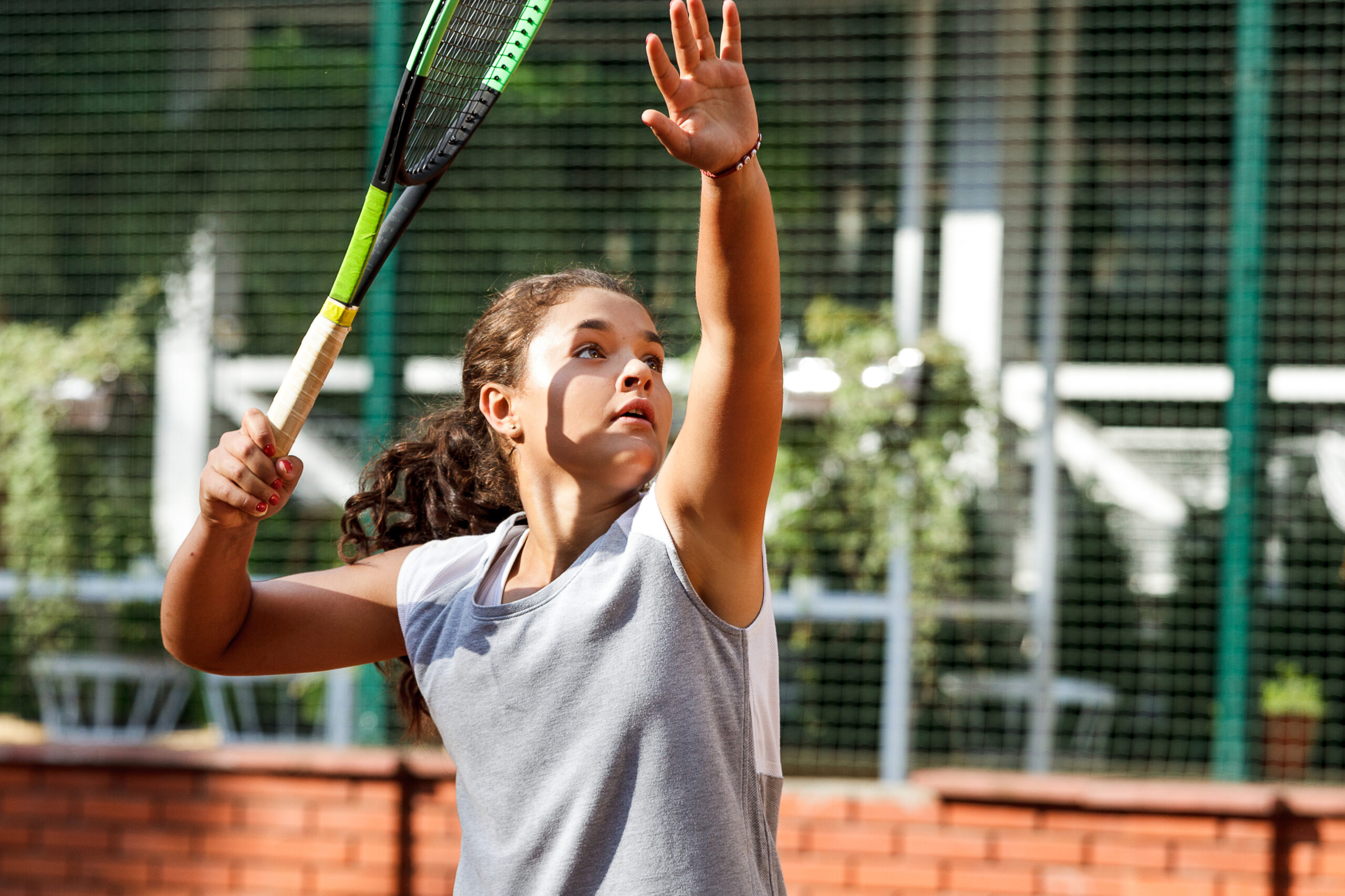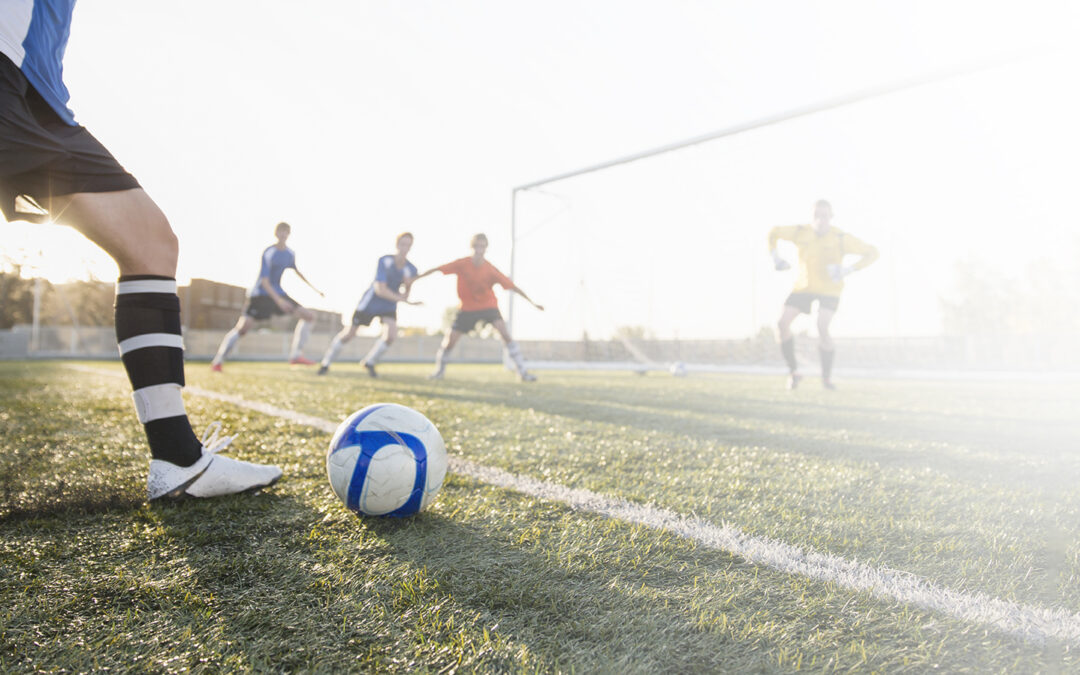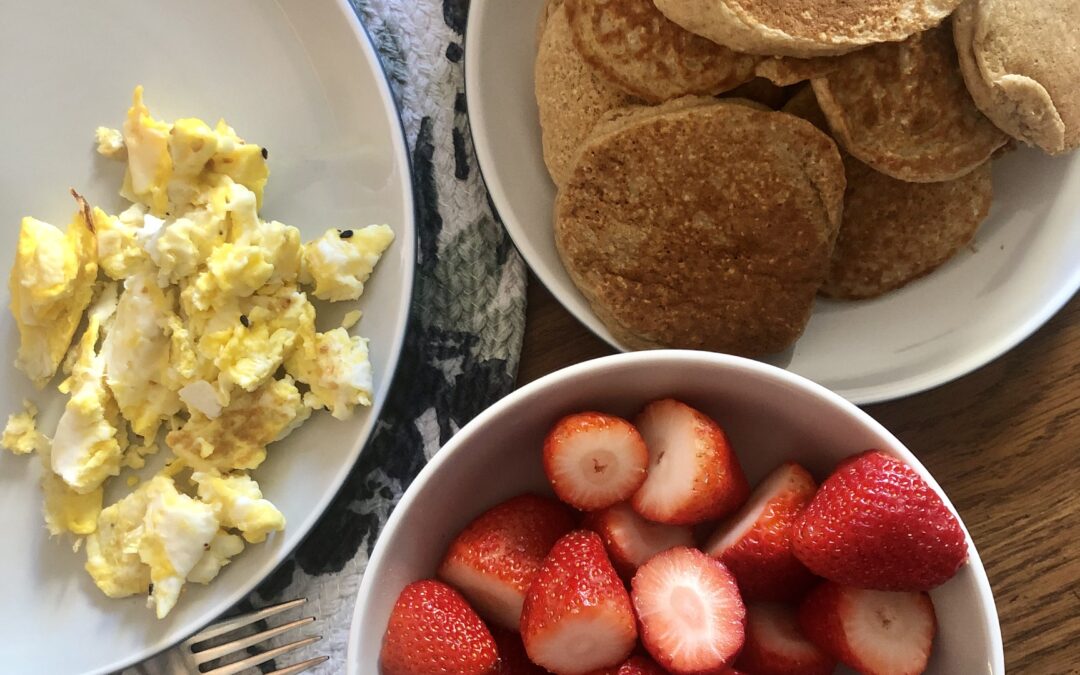School sports are finishing up and summer sports are here! Whether you are in a gymnasium or out on the field, the hot and humid temperatures are tough in the summer. Warmer conditions often lead to higher sweat losses which can affect performance. When one does not consume enough water before, during and after exercise, dehydration can occur. Dehydration is detrimental to performance and cause cramping and heat exhaustion. Other symptoms of dehydration include weakness, difficulty focusing, light-headedness, or dark urine color. Here are three ways to prevent dehydration and maximize optimal performance:
Prepare:
Be sure to always start exercise well hydrated. Keep a water bottle with you during the day to ensure adequate hydration status. One way to assess hydration status is to look at urine color. Pale yellow urine color, comparable to light lemonade, is considered well-hydrated. Dark yellow urine color, similar to apple juice, represents potential for dehydration and feeling of fatigue. The rule of them is to drink 12-24 ounces of fluid 2 hours prior to exercise and at least 8 fluid ounces of water within an hour of exercise. Beginning practice or competition dehydrated is risk for dehydration.
Maintain:
The goal during exercise is to prevent weight loss and stay hydrated. You can do this by taking water breaks approximately every 15 minutes. Symptoms of dehydration can begin with just a 2% loss in weight. This weight loss occurs from heavy sweating and fluid loss. For a 150-pound athlete, that is only 3 pounds! Drinking fluids during exercise can prevent weight loss and fatigue. If exercise is over one hour long, consider using a sports drink. Sports drinks include carbohydrates and the electrolytes sodium and potassium. Since our sweat is composed of water and electrolytes, sports drinks can be critical during long, intense exercise. Sodium is the electrolyte of biggest concern and helps maintain fluid balance. Water alone cannot replace the electrolytes lost through sweat.
Replenish:
Replacing fluid and electrolytes lost during exercise is essential for proper recovery. Recovery drinks such as water, sports drink or chocolate milk are not the only ways to replenish. Fruits and vegetables with high water content can aid in post-exercise hydration. Include high water content foods in your recovery meal such as watermelon, strawberries, zucchini, lettuce and celery. Salty snacks such as pretzels and crackers replace the sodium lost through sweat. The sodium holds onto water and enhances fluid retention. As mentioned above, weight loss can occur from heavy sweating; 1 pound equals 16 ounces of sweat. If you are measuring weight loss during exercise, it takes 16-24 ounces of fluid to replace every pound lost.
Try this homemade sports drink next time you head to the field!
Nancy Clark’s Homemade Sports Drink Recipe:
Recipe from Nancy Clark’s Sport Nutrition Guidebook
Makes 4 cups
Ingredients:
- 1⁄4 cup sugar
- 1⁄4 tsp. salt
- 1⁄4 cup hot water
- 1⁄4 cup orange juice
- 2 Tbsp. lemon juice
- 3 1⁄2 cups cold water
- Optional: frozen or fresh berries or citrus fruit
Directions
- In the bottom of a pitcher dissolve the salt and hot water. Add remaining juices, sugar and water. Stir and chill.
- Add berries or citrus fruit for added flavor and freshness.
Add your own flavor by using different fruit juices such as pineapple or grapefruit.



